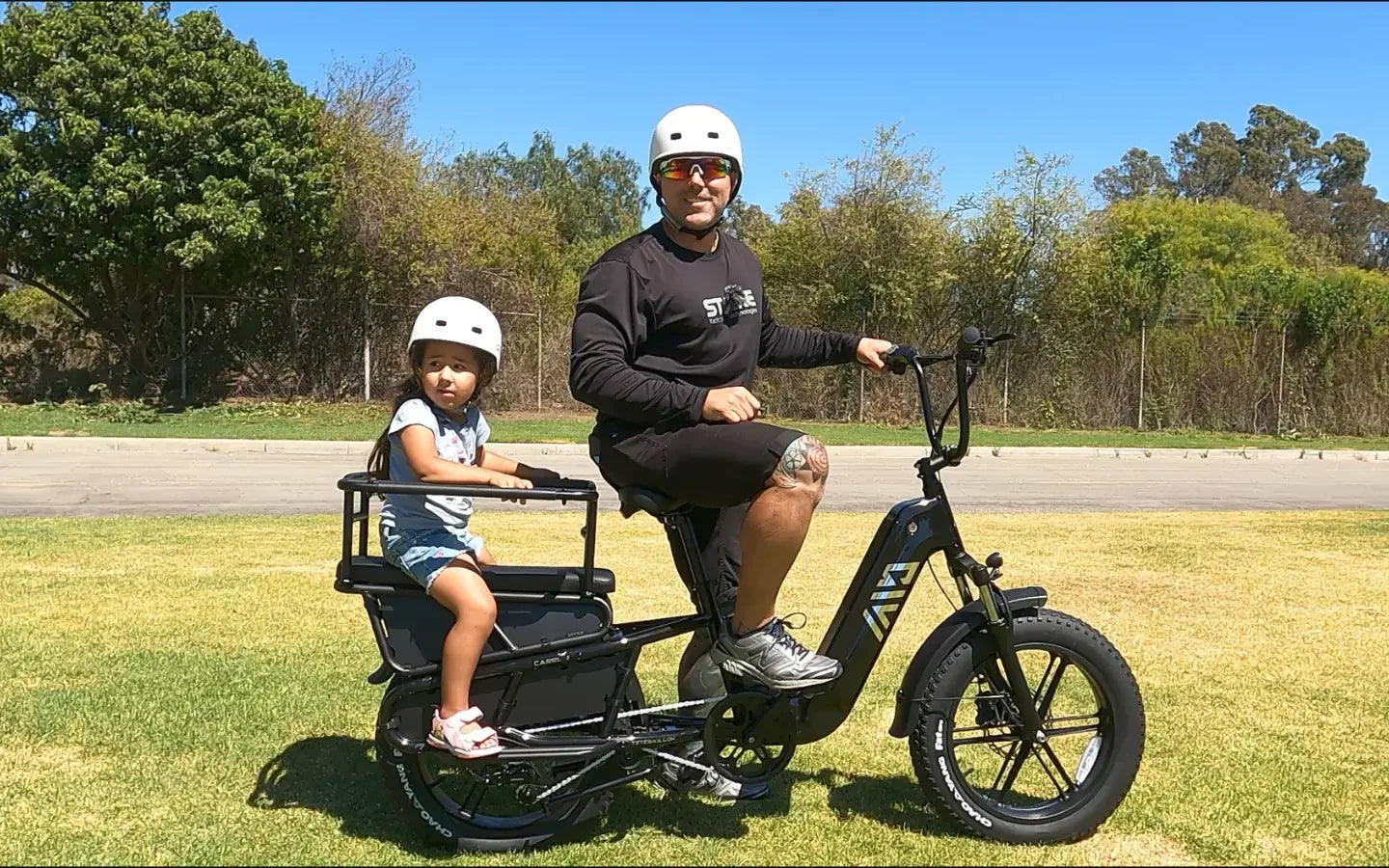Cheap cargo bikes that aren’t electric provide affordable, durable, and eco-friendly transport for carrying heavy loads or multiple passengers. These bikes are ideal for urban commuting, small businesses, and family use. They combine practicality with simplicity, requiring no charging while offering reliable cargo capacity and low maintenance compared to electric alternatives.
How Do Non-Electric Cargo Bikes Work?
Non-electric cargo bikes rely solely on human pedaling, with reinforced frames and extended cargo areas for stability and weight distribution.
These bikes use standard bicycle mechanics but with stronger frames, longer wheelbases, and large cargo platforms. Some models include low gears for easier pedaling under heavy loads. Riders control speed and braking manually, giving full control without relying on a motor, which makes maintenance simpler and operating costs virtually zero.
What Types of Cheap Cargo Bikes Are Available?
There are long-tail bikes, box bikes, and trikes, each optimized for different cargo needs and urban environments.
Long-tail bikes extend the rear for extra passengers or cargo, while box bikes place a cargo box between the handlebars and front wheel, ideal for children or deliveries. Tricycles provide added stability and large storage. Prices vary depending on material, capacity, and brand, but budget options often use steel frames for durability at a lower cost.
Which Materials Make the Most Durable Cheap Cargo Bikes?
Steel frames are common in affordable cargo bikes due to their strength, cost-effectiveness, and repairability.
Steel absorbs shocks well and supports heavy loads, making it ideal for non-electric cargo bikes. Aluminum is lighter but generally more expensive, while budget-friendly models usually prioritize steel or hybrid frames. Steel frames can be easily maintained and repaired, extending the life of the bike even under frequent heavy use.
How Do Cargo Capacity and Load Affect Performance?
Heavier loads require careful balancing and may slow down pedaling, influencing the choice of gears and braking system.
Most cheap cargo bikes can carry 150–250 pounds or more, depending on design. Riders should consider gearing that allows smooth pedaling under heavy load and brakes capable of handling extra weight safely. Extended wheelbases and reinforced forks help maintain stability, while tires with wider profiles improve traction and comfort.
Cargo Capacity Comparison Chart
| Type | Max Load | Stability | Ease of Pedaling |
|---|---|---|---|
| Long-tail | 200 lbs | Moderate | Moderate |
| Box bike | 150 lbs | High | Moderate |
| Trike | 250 lbs | Very High | Easy |
Why Choose a Non-Electric Cargo Bike Over an Electric Version?
Non-electric cargo bikes are cheaper, low-maintenance, and free from charging concerns, while still offering high load capacity.
Choosing non-electric models eliminates battery replacement and charging costs, reduces mechanical complexity, and simplifies long-term maintenance. For riders in areas with short distances or flat terrain, pedaling manually is efficient and eco-friendly. These bikes also tend to have longer lifespans and fewer parts that can fail, making them ideal for budget-conscious users.
Where Can You Find Affordable Non-Electric Cargo Bikes?
Budget cargo bikes are available through online retailers, local bike shops, and second-hand markets.
Stores specializing in utility and commuter bikes often stock long-tail, box, and trike models at affordable prices. Online marketplaces provide a wide range of options, including user reviews to assess quality. Second-hand bikes offer additional savings, though buyers should inspect frames, brakes, and cargo structures carefully before purchase.
Buying Tips
When purchasing a cheap cargo bike, focus on frame material, cargo capacity, and ride stability. Test-ride different types to evaluate comfort and handling under load. Check for strong brakes, quality gears, and reinforced cargo platforms. Consider local availability of parts and maintenance services. Budget-friendly steel-frame models often balance cost, durability, and performance for urban or family use.
TST EBike Expert Views
“Non-electric cargo bikes remain a practical choice for riders seeking affordability and simplicity. While electric models offer power assistance, manual cargo bikes provide unmatched reliability, low maintenance, and excellent load management. Selecting the right frame, capacity, and geometry ensures safe handling and durability, making these bikes a smart investment for families, small businesses, or daily commuters.”
FAQ
Q: What are the main types of cheap non-electric cargo bikes?
Long-tail, box bikes, and trikes are common types designed for different cargo needs.
Q: Why choose a non-electric cargo bike over electric?
They are more affordable, simpler to maintain, and free from charging concerns.
Q: What materials are best for budget cargo bikes?
Steel frames are durable, cost-effective, and easily repairable.
Q: How does load affect riding a cargo bike?
Heavy loads require proper gearing, strong brakes, and careful balance to maintain stability.
Q: Where can I buy cheap cargo bikes that aren’t electric?
Check online marketplaces, local bike shops, and second-hand sellers for budget options.



























Leave a comment
This site is protected by hCaptcha and the hCaptcha Privacy Policy and Terms of Service apply.